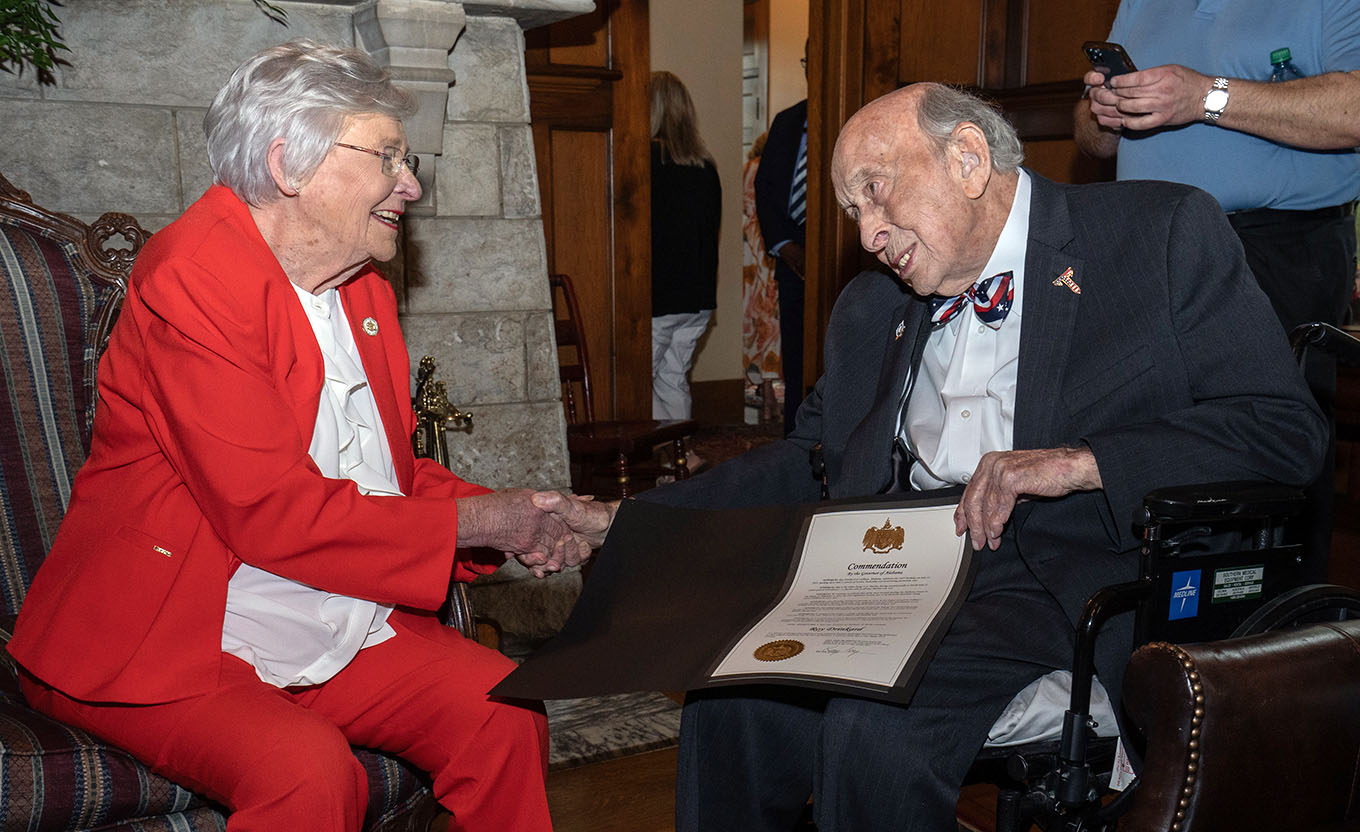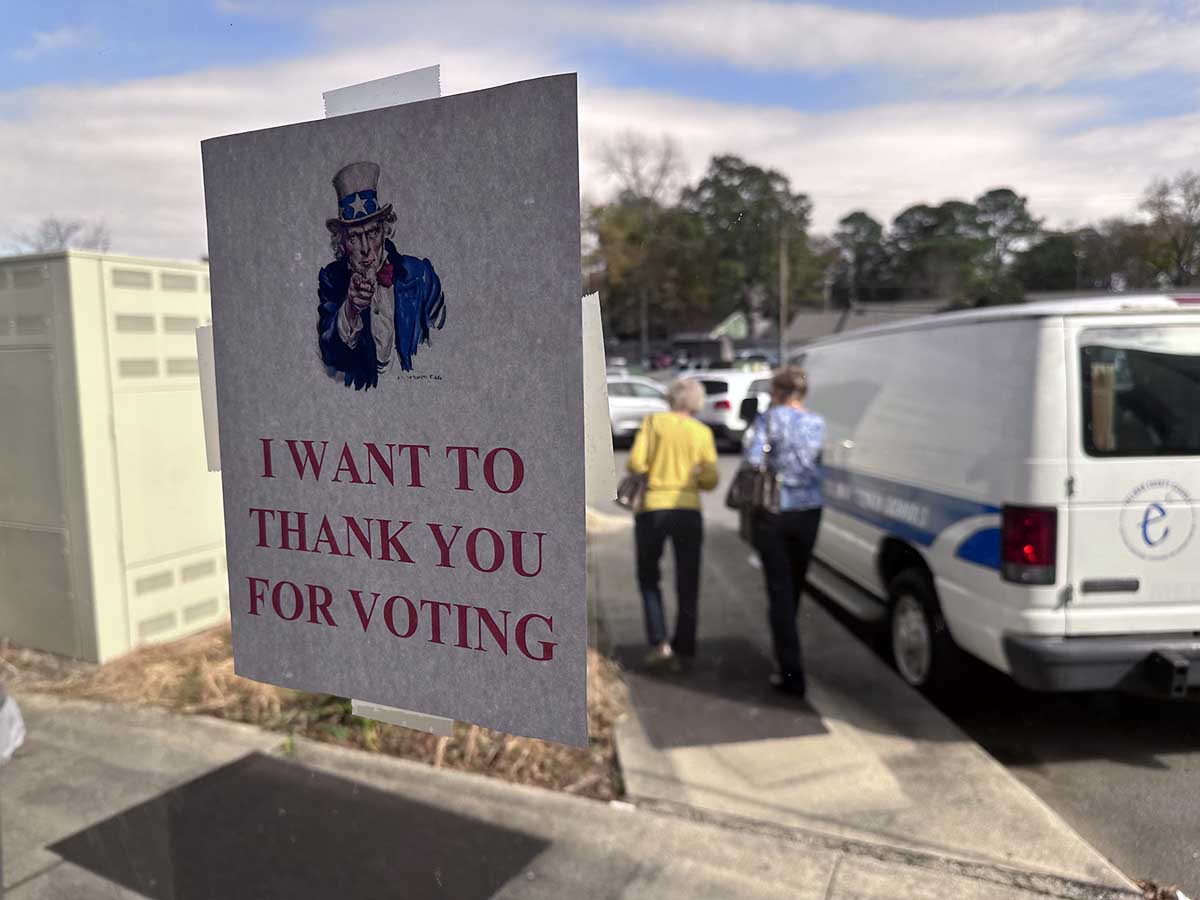Industry thrives, unemployment drops, but businesses face worker shortage
Published 3:15 am Saturday, March 26, 2022
Cullman County began last year with lower than normal unemployment rates. Statistics released by the Alabama Department of Labor showed the county had tied with Limestone County for the third lowest rate in the state of 2.5 percent.
Despite the low rate of unemployment local businesses faced the challenge of finding and retaining employees.
Trending
At a job fair featuring 17 Cullman County based industries in April, organizers planned to accommodate 600 job seekers, of which only 120 were in attendance.
To combat these issues as well as meet a surge of consumers beginning to feel more comfortable venturing into public, businesses used an increase in wages to draw workers back in. Weekly earnings rose more than $67 from the previous year. Federal funds were also used to incentivize workers to return.
Human resources and public program officials met at Wallace State Community College for a first-step primer on how to deploy more than $17 million in CARES Act funding to incentivize prospective employees through the Alabama Workforce Stabilization Program (AWSP).
The needs-based initiative is tasked with using CARES Act money to aid businesses in employee training and recruitment statewide, and it’s designed to provide services for the next three years.
Industry in Cullman seemed to remain unscathed during the tumultuous economy last year. Site Selection Magazine ranked Cullman as 3rd in the nation for the number of industrial projects in a micropolitan area.
The ranking is based on the number of industrial projects – manufacturing, distribution, headquarters or research and development and must meet specified criteria to quality.
Trending
“While it obviously gives economic development agencies some bragging rights, it is truly a community achievement. Ranking high year after year is a positive reflection on the success of the companies here, the qualify labor force in Cullman County and the business climate in the state of Alabama,” said Cullman Economic Development Agency Director Dale Greer.
One strategy that was implemented was the addition of a Tourism Bureau. According to the Alabama Department of Tourism, about 1,000 jobs in Cullman are related to tourism. Sen. Garland Gudger said that the bureau is intended as a way to create connections between all the existing players in Cullman’s tourism industry.
In April the Cullman County Commission offered local industries incentives to expand their local footprint. These abatements would waive taxes on capital improvements for the proposed projects. The largest of the projects, using the codename “Project Sport” sought $2,230,000 in abatements. If finalized the deal would bring 20 new jobs to the area, each of which would pay near the average local wage for workers in the construction products manufacturing industry.
A $530,000 abatement for “Project Triple J” was intended to draw a new industry that officials were hoping to recruit. If successful this would add four jobs in its initial phase, all paying substantially more than the local average for skilled tech positions.
Consumers were also presented with a handful of new dining options. With Urban Cookhouse, Mcallistors, and Scooter’s drive-thru coffee all opening locations on the northern end of Cullman.
Cullman’s southside can also anticipate the opening of the casual chicken restaurant Slim Chickens. This will be the first Alabama location for the chain and is currently in the construction phase just north of Lowes.
As summer festivities picked up Cullman received it’s third quarter revenues in July. While revenue was up 19% over the previous years totals, expenses had also increased 14%.
Council President Jenny Folsom said the increase in expenses were due to construction costs for Nesmith Park, Heritage Park, the RV park and the First Avenue streetscape project.
“Anyone who is doing any construction these days knows all materials have gone up drastically,” she said. She also noted that the city purchased new sanitation trucks and containers, which added to the city’s expenses.
Efforts from local industries and federal assistance persisted throughout the later half of the year. Unemployment rates decreased with only 21 unemployment claims filed for the first week of March as compared to 133 at the same time in 2021.





